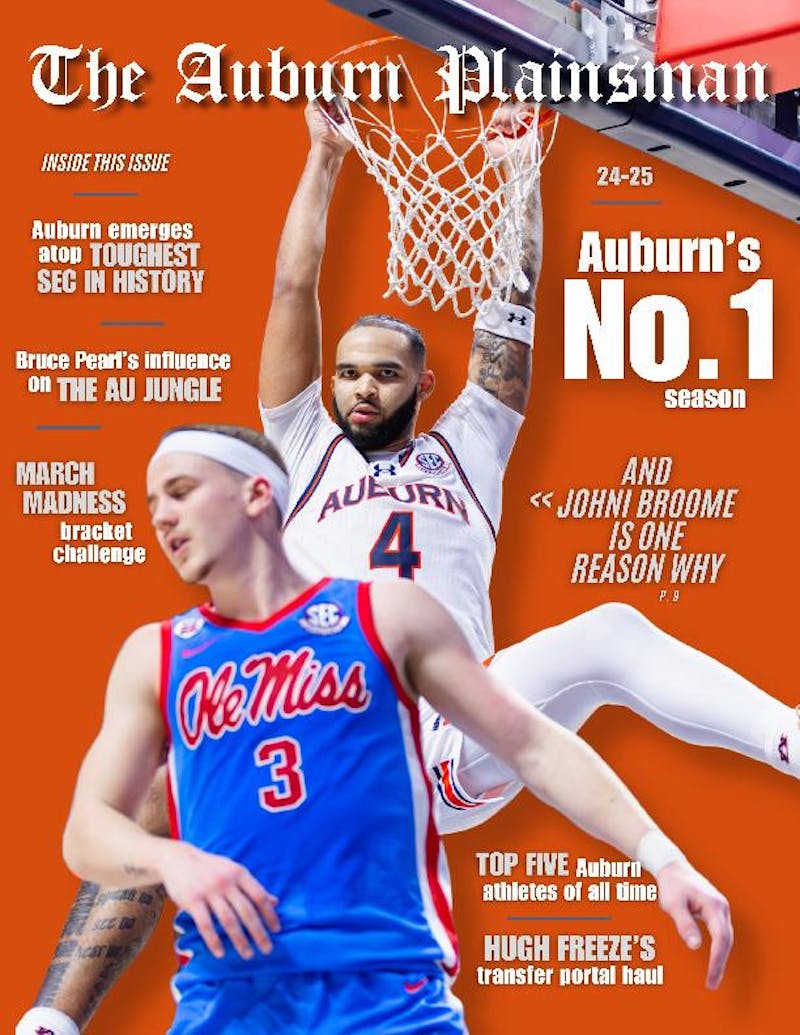It's rarely a good sign in modern college football to hear your favorite team is considering a two-quarterback system.
It usually means neither quarterback has done enough to win the job outright, such as David Ash and Case McCoy in 2012 at Texas, or each quarterback has a significant weakness that requires the other's complimentary skills, such as Chris Relf and Tyler Russell in 2010 at Mississippi State.
Of course there are a few outliers.
Florida won a national championship in 2006 with the experienced Chris Leak and true freshman bruiser Tim Tebow. Notre Dame made it to the national championship in 2012 with contributions from Everett Golson and Tommy Rees.
But in general, it seems to be in a team's best interest to have an established signal caller under center.
It provides a comfort for offensive lineman anxiously listening for audibles at the line, and continuity for the skill position players the quarterback is distributing to.
So what does that mean for Auburn in 2014?
Head football coach Gus Malzahn has already stated backup quarterback Jeremy Johnson will have a role in the offense this season, even with starter Nick Marshall's suspension officially coming to an end.
Talent isn't the question when it comes to Johnson. The sophomore showed his undeniable talent in the first half against Arkansas, passing for 243 yards and two touchdowns in his first ever SEC start.
Johnson appeared to have a strong connection with junior college transfer receiver D'haquille Williams; the former No. 1 JUCO receiver reeled in 138 of his eventual 154 receiving yards with Johnson passing the ball in the first half of his debut.
But if Auburn's offense showed a weakness Saturday with Johnson calling the shots, it was in the run game.
The Tigers led the nation in 2013 by averaging 328 rushing yards per game, but with Johnson taking snaps in the first half, Auburn only managed 68 rushing yards. There seemed to be little threat of the quarterback keeping on zone read plays, and Johnson contributed zero rushing yards of his own.
Meanwhile, with Marshall making his season debut in the second half, the run game opened up to the tune of 234 rushing yards.
Simply the threat of Marshall keeping the ball, which he did on a 19-yard touchdown in the third quarter, was enough to clear space for Cameron Artis-Payne and Corey Grant.
Auburn's offense took on two different forms in each half against Arkansas and those forms corresponded to who was calling the shots.
So can the Tigers make the two-quarterback system work?
One advantage for Auburn is the overall experience on the team. The offense is chock-full of experienced starters who have spent two years with both quarterbacks, meaning it shouldn't be too big of a changeup with whoever is out there.
Auburn's strength is still in the run game, which means Marshall will likely remain as the official starter, but it will be interesting to see how and when Johnson is used each Saturday.
Just how the snaps are divvied up between the two will likely remain a mystery, however. Malzahn is known to play these matters close to the vest.
Do you like this story? The Plainsman doesn't accept money from tuition or student fees, and we don't charge a subscription fee. But you can donate to support The Plainsman.




